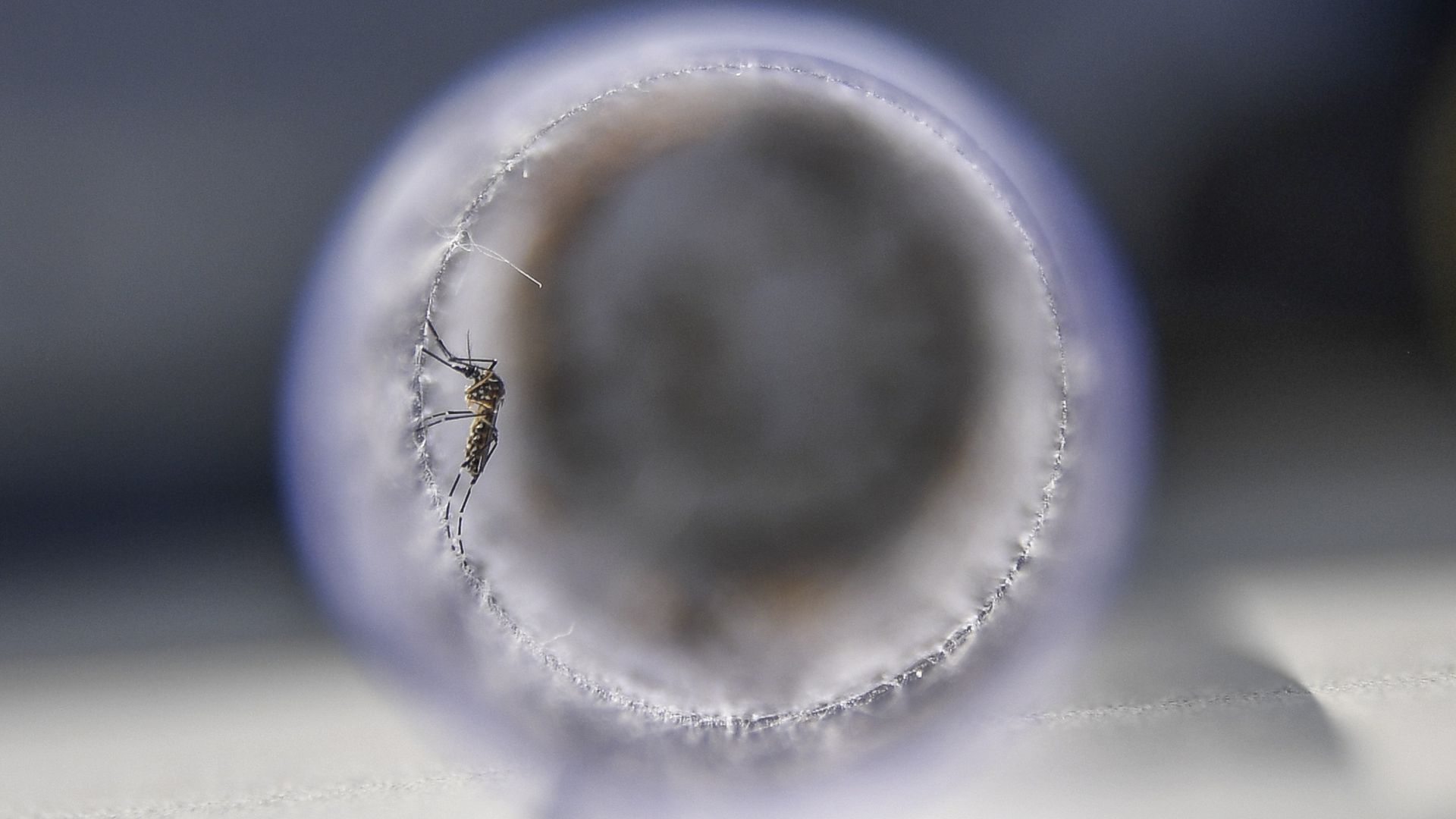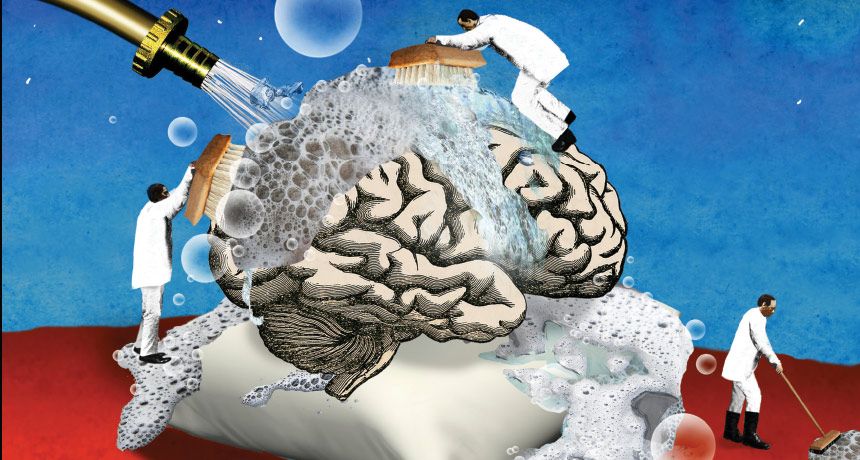Get the latest international news and world events from around the world.

How an algorithm may decide your career
WANT a job with a successful multinational? You will face lots of competition. Two years ago Goldman Sachs received a quarter of a million applications from students and graduates. Those are not just daunting odds for jobhunters; they are a practical problem for companies. If a team of five Goldman human-resources staff, working 12 hours every day, including weekends, spent five minutes on each application, they would take nearly a year to complete the task of sifting through the pile.
Little wonder that most large firms use a computer program, or algorithm, when it comes to screening candidates seeking junior jobs. And that means applicants would benefit from knowing exactly what the algorithms are looking for.

What if people were paid for their data?
“DATA SLAVERY.” Jennifer Lyn Morone, an American artist, thinks this is the state in which most people now live. To get free online services, she laments, they hand over intimate information to technology firms. “Personal data are much more valuable than you think,” she says. To highlight this sorry state of affairs, Ms Morone has resorted to what she calls “extreme capitalism”: she registered herself as a company in Delaware in an effort to exploit her personal data for financial gain. She created dossiers containing different subsets of data, which she displayed in a London gallery in 2016 and offered for sale, starting at £100 ($135). The entire collection, including her health data and social-security number, can be had for £7,000.
Only a few buyers have taken her up on this offer and she finds “the whole thing really absurd”. Yet if the job of the artist is to anticipate the Zeitgeist, Ms Morone was dead on: this year the world has discovered that something is rotten in the data economy. Since it emerged in March that Cambridge Analytica, a political consultancy, had acquired data on 87m Facebook users in underhand ways, voices calling for a rethink of the handling of online personal data have only grown louder. Even Angela Merkel, Germany’s chancellor, recently called for a price to be put on personal data, asking researchers to come up with solutions.

Zera Food Recycler turns food scraps into compost in 24 hours
This trash can turns your food scraps into compost in just 24 hours and is perfect for every family’s kitchen.
Dubai’s vertical farming to help quench thirst for own supply chain
Crop One and Emirates Flight Catering (EKFC) have launched a $40 million joint venture to build the world’s largest vertical farming facility in Dubai, United Arab Emirates.
The vertical farm facility will cover 130,000 square feet—with a production output equivalent to 900 acres of farmland.
The facility will go under construction near the Al Maktoum International Airport.

Scientists peer into heart of hurricanes to improve intensity forecast
AUSTIN, Texas (Reuters) — Despite advances in predicting where hurricanes are heading, forecasters are still struggling to determine a crucial factor in deciding emergency measures and evacuations: their intensity.
With a better way to predict a storm’s power, or intensity, people on the ground will be more prepared in knowing whether a hurricane headed their way will cause devastating floods and winds that can uproot trees like Maria, which devastated Puerto Rico last year, or just shake branches and rattle windows.
“The fact that we have a much better understanding of where these storms are going to go is a great first step. We sort of have half the circle filled in, and we need to get that other half filled in, which is that intensity component,” said Steve Bowen, director and meteorologist for insurer Aon Benfield’s Impact Forecasting team.



A ‘super telescope’ has captured an astounding image of the massive black hole at the centre of our galaxy
An astounding image of the massive black hole at the centre of the Milky Way has been captured by a super telescope in South Africa.
The clearest image yet of the centre of the Milky Way galaxy has been released from South Africa’s shiny new radio telescope, MeerKAT.
This $330 million (R4.4 billion) 64-dish radio telescope will listen to the relatively weak signals from space to help scientists understand what is going on in the far reaches of the universe. It will eventually become part of the Square Kilometre Array (SKA) which will be 50 to 100 times more sensitive than any other radio telescope on earth.